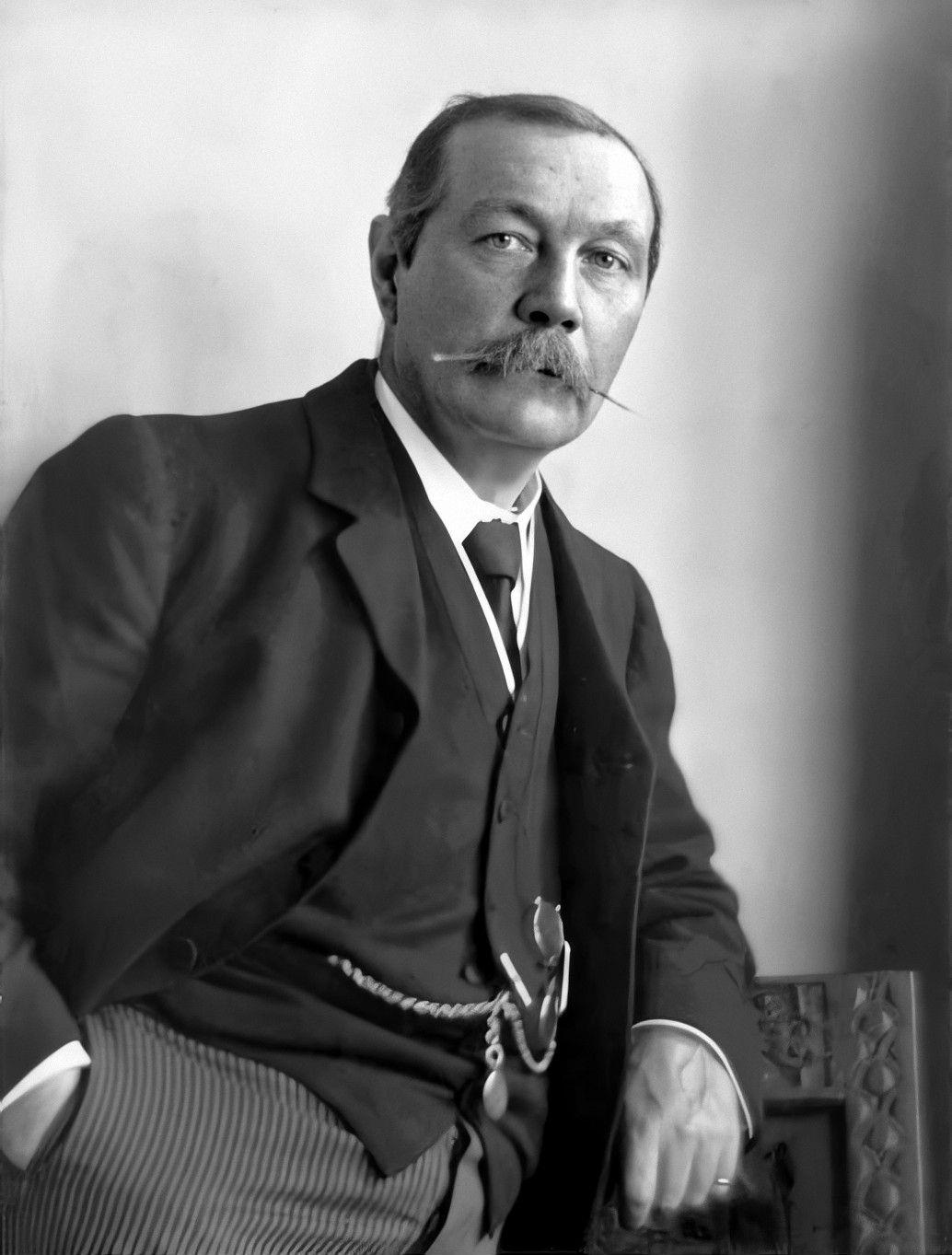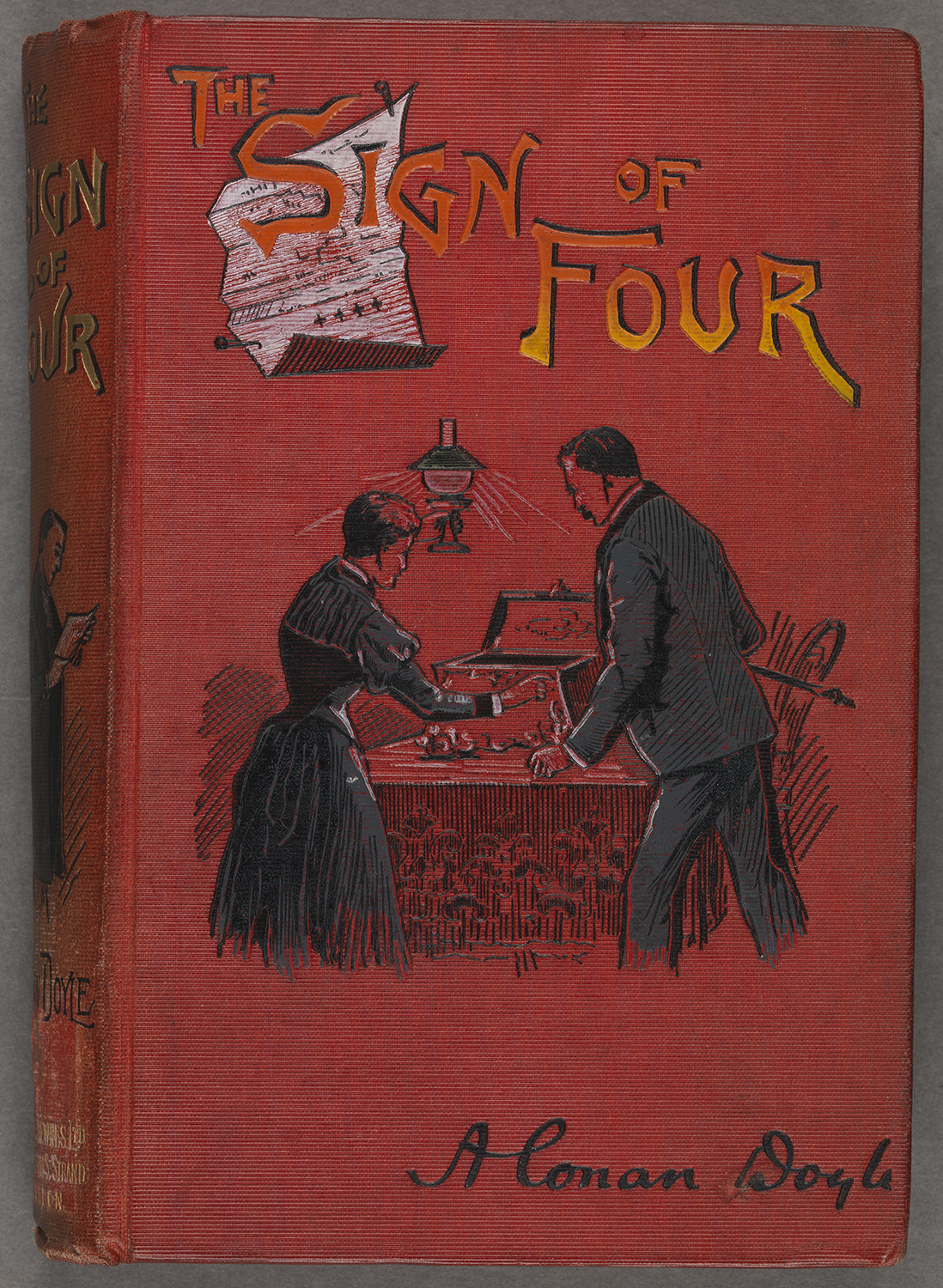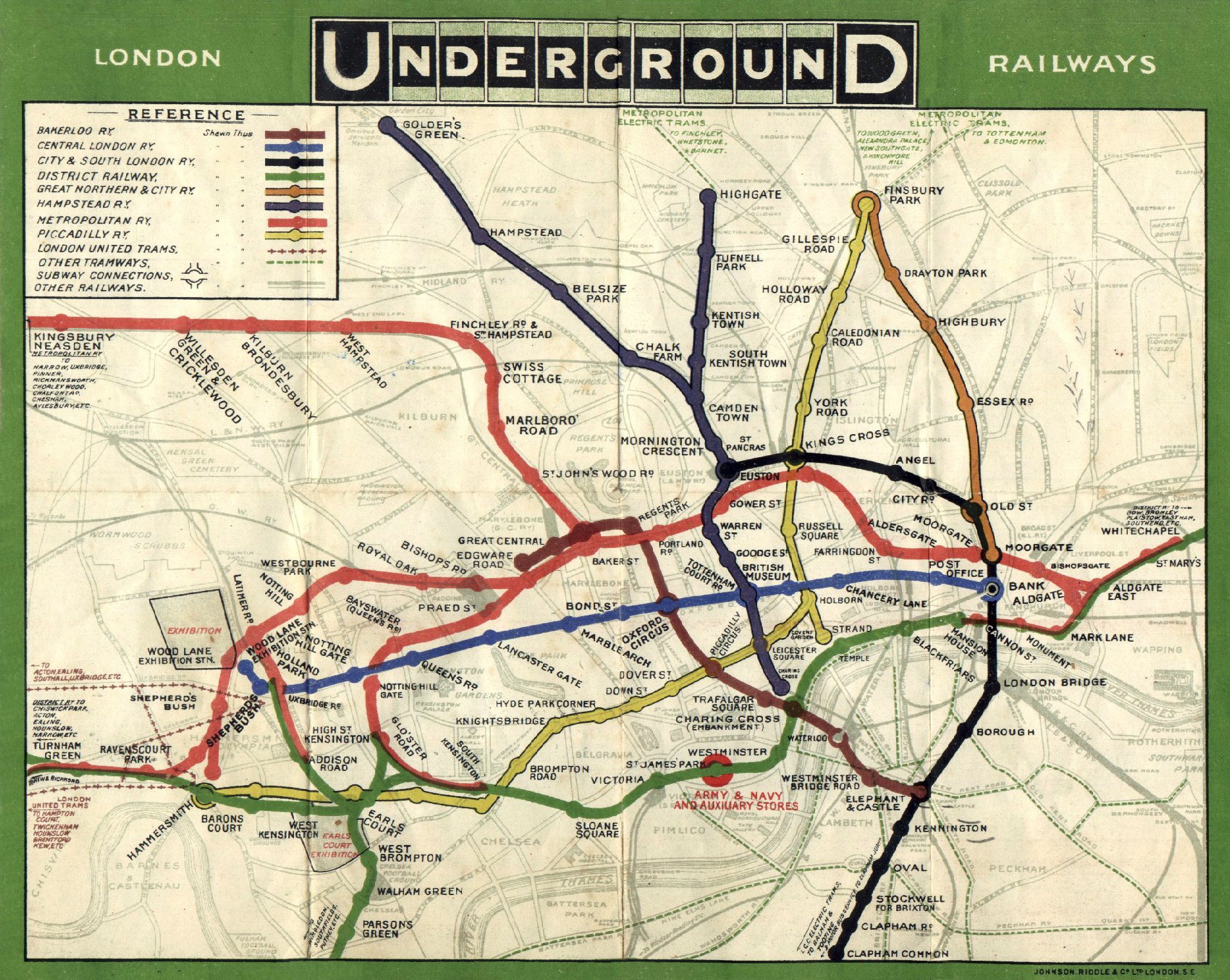|
Inspector Lestrade
Detective Inspector G. Lestrade, or Mr. Lestrade ( or ), is a fictional character appearing in several of the Sherlock Holmes stories written by Arthur Conan Doyle. Lestrade's first appearance was in the first Sherlock Holmes story, the novel '' A Study in Scarlet'', which was published in 1887. The last story in which he appears is the short story " The Adventure of the Three Garridebs", which was first published in 1924 and was included in the last collection of Sherlock Holmes stories by Doyle, '' The Case-Book of Sherlock Holmes''. Lestrade is a determined but conventional Scotland Yard detective who consults Sherlock Holmes on many cases, and is the most prominent police character in the Sherlock Holmes series. Lestrade has been played by many actors in adaptations based on the Sherlock Holmes stories in film, television, and other media. Appearances in canon Lestrade is also mentioned in the novel ''The Sign of the Four'' (1890), though he doesn't appear in it. Fict ... [...More Info...] [...Related Items...] OR: [Wikipedia] [Google] [Baidu] |
Sherlock Holmes
Sherlock Holmes () is a fictional detective created by British author Arthur Conan Doyle. Referring to himself as a "consulting detective" in the stories, Holmes is known for his proficiency with observation, deduction, forensic science and logical reasoning that borders on the fantastic, which he employs when investigating cases for a wide variety of clients, including Scotland Yard. First appearing in print in 1887's '' A Study in Scarlet'', the character's popularity became widespread with the first series of short stories in '' The Strand Magazine'', beginning with " A Scandal in Bohemia" in 1891; additional tales appeared from then until 1927, eventually totalling four novels and 56 short stories. All but one are set in the Victorian or Edwardian eras, between about 1880 and 1914. Most are narrated by the character of Holmes's friend and biographer Dr. John H. Watson, who usually accompanies Holmes during his investigations and often shares quarters with him at the a ... [...More Info...] [...Related Items...] OR: [Wikipedia] [Google] [Baidu] |
The Adventure Of The Norwood Builder
"The Adventure of the Norwood Builder", one of the 56 short Sherlock Holmes stories written by Sir Arthur Conan Doyle, is the second tale from ''The Return of Sherlock Holmes''. The story was first published in ''Collier's'' (US) on 31 October 1903 and in ''The Strand Magazine'' (UK) in November 1903. Plot Sherlock Holmes and Dr. Watson are visited by "the unhappy John Hector McFarlane," a young lawyer from Blackheath who has been accused of murdering one of his clients, builder Jonas Oldacre. McFarlane explains to Holmes that Oldacre had come to his office only a day earlier and asked him to draw up his will in legal language. To his surprise, McFarlane saw that Oldacre was making him the sole beneficiary and even heir to a considerable bequest, and McFarlane cannot imagine why he would do so. That business took McFarlane to Oldacre's house in Lower Norwood, where some documents had to be examined for legal purposes and where the murder allegedly took place. McFarlane left ... [...More Info...] [...Related Items...] OR: [Wikipedia] [Google] [Baidu] |
221B Baker Street
221B Baker Street is the London address of the fictional detective Sherlock Holmes, created by author Sir Arthur Conan Doyle. In the United Kingdom, postal addresses with a number followed by a letter may indicate a separate address within a larger, often residential building. Baker Street in the late 19th century was a high-class residential district, and Holmes's apartment would probably have been part of a Georgian terrace. The residence was introduced in the novel '' A Study in Scarlet'' (1887). At the time the Holmes stories were published, addresses in Baker Street did not go as high as 221. Baker Street was later extended, and in 1932 the Abbey National Building Society moved into premises at 219–229 Baker Street. For many years, Abbey National employed a full-time secretary to answer mail addressed to Sherlock Holmes. In 1990, a blue plaque signifying 221B Baker Street was installed at the Sherlock Holmes Museum, situated elsewhere on the same block, and there ... [...More Info...] [...Related Items...] OR: [Wikipedia] [Google] [Baidu] |
Tobias Gregson
This article describes minor characters from the '' Sherlock Holmes'' stories by Sir Arthur Conan Doyle, and from non-canonical derived works. The list excludes the titular character as well as Dr. Watson, Professor Moriarty, Inspector Lestrade, Mycroft Holmes, Mrs. Hudson, Irene Adler, Colonel Moran, the Baker Street Irregulars, and characters not significant enough to mention. Inspectors Inspector Baynes Inspector Baynes of the Surrey force appears in the two-part story "The Adventure of Wisteria Lodge", subtitled (i) "The Singular Experience of Mr John Scott Eccles", and (ii) "The Tiger of San Pedro". He is the only official policeman in the books to have ever matched Sherlock Holmes in his investigative skills. He is described as a very heavy man with a "puffy" face, but very intelligent eyes. In this story, the reader finds that, despite working along different lines, Holmes and Baynes both arrive at the correct conclusion and solve the case at the same time. In fact, Ba ... [...More Info...] [...Related Items...] OR: [Wikipedia] [Google] [Baidu] |
The Sign Of The Four
''The Sign of the Four'' (1890), also called ''The Sign of Four'', is the second novel featuring Sherlock Holmes by British writer Sir Arthur Conan Doyle. Doyle wrote four novels and 56 short stories featuring the fictional detective. Plot On a foggy day in 1888, Dr. Watson remonstrates with Holmes about his cocaine usage. Holmes claims he needs a problem to solve and is bored; shortly thereafter, Miss Mary Morstan arrives with a case. Miss Morstan explains that, in December 1878, her father Captain Morstan had arrived in London, on leave from his post as a convict guard in the Andaman Islands. He requested her to meet him at the Langham Hotel, but he was not there when she arrived. Mary contacted Major John Sholto, a former convict guard who had known her father and was now living in England; however, he denied having seen Morstan, and Morstan was never heard from again. Four years later, Miss Morstan answered an anonymous newspaper advertisement, asking for her where ... [...More Info...] [...Related Items...] OR: [Wikipedia] [Google] [Baidu] |
Edgware Road
Edgware Road is a major road in London, England. The route originated as part of Roman roads in Britain, Roman Watling Street and, unusually in London, it runs for 10 miles in an almost perfectly straight line. Forming part of the modern A5 road (Great Britain), A5 road, Edgware Road undergoes several name changes along its length, including Maida Vale, Kilburn High Road, Shoot Up Hill and Cricklewood Broadway; but the road is, as a whole, known as the Edgware Road, as it is the road to Edgware. The road runs from central to suburban London, beginning at Marble Arch in the City of Westminster and heading north to Edgware in the London Borough of Barnet. It is used as the boundary for four London boroughs: London Borough of Harrow, Harrow and London Borough of Brent, Brent to the west, and London Borough of Barnet, Barnet and London Borough of Camden, Camden to the east. Route The road runs north-west from Marble Arch to Edgware on the outskirts of London. It crosses the Harrow ... [...More Info...] [...Related Items...] OR: [Wikipedia] [Google] [Baidu] |
Lausanne
Lausanne ( , , , ) ; it, Losanna; rm, Losanna. is the capital and largest city of the Swiss French speaking canton of Vaud. It is a hilly city situated on the shores of Lake Geneva, about halfway between the Jura Mountains and the Alps, and facing the French town of Évian-les-Bains across the lake. Lausanne is located northeast of Geneva, the nearest major city. The municipality of Lausanne has a population of about 140,000, making it the List of cities in Switzerland, fourth largest city in Switzerland after Basel, Geneva, and Zurich, with the entire agglomeration area having about 420,000 inhabitants (as of January 2019). The metropolitan area of Lausanne-Geneva (including Vevey-Montreux, Yverdon-les-Bains, Valais and foreign parts), commonly designated as ''Lake Geneva region, Arc lémanique'' was over 1.3 million inhabitants in 2017 and is the fastest growing in Switzerland. Initially a Celtic and Roman settlement on the shores of the lake, Lausanne became a town at ... [...More Info...] [...Related Items...] OR: [Wikipedia] [Google] [Baidu] |
The Disappearance Of Lady Frances Carfax
"The Disappearance of Lady Frances Carfax" is one of the 56 Sherlock Holmes short stories written by Sir Arthur Conan Doyle. It is one of the eight stories in the cycle collected as '' His Last Bow'' (1917), and one of the few stories in which for much of the plot Watson must act alone and try his best with Holmes left in the background. It was first published in ''The Strand Magazine'' in the United Kingdom and ''The American Magazine'' in the United States in December 1911. Plot summary Sherlock Holmes sends Dr. Watson to Lausanne to investigate Lady Frances Carfax's disappearance since he himself is too busy in London. Lady Frances is a lone, unwed woman denied a rich inheritance on account of her sex. She does, however, carry valuable jewels with her. It is also her habit to write to her old governess, Miss Dobney, every other week, but for the past five weeks, there has not been a word from her. She has left the Hôtel National in Lausanne for parts unknown. Her last t ... [...More Info...] [...Related Items...] OR: [Wikipedia] [Google] [Baidu] |
Woolwich
Woolwich () is a district in southeast London, England, within the Royal Borough of Greenwich. The district's location on the River Thames led to its status as an important naval, military and industrial area; a role that was maintained throughout the 16th to 20th centuries. After several decades of economic hardship and social deprivation, the area now has several large-scale urban renewal projects. Geography Woolwich is situated from Charing Cross. It has a long frontage to the south bank of the Thames river. From the riverside it rises up quickly along the northern slopes of Shooter's Hill towards the common, at and the ancient London–Dover Road, at . The ancient parish of Woolwich, more or less the present-day wards Woolwich Riverside and Woolwich Common, comprises . This included North Woolwich, which is now part of the London Borough of Newham. The ancient parishes of Plumstead and Eltham became part of the civil parish of Woolwich in 1930. Parts of th ... [...More Info...] [...Related Items...] OR: [Wikipedia] [Google] [Baidu] |
The Adventure Of The Bruce-Partington Plans
"The Adventure of the Bruce-Partington Plans" is one of the 56 Sherlock Holmes short stories written by Sir Arthur Conan Doyle. It is one of eight stories in the cycle collected as '' His Last Bow'' (1917), and is the second and final main appearance of Mycroft Holmes. It was originally published in '' The Strand Magazine'' in the United Kingdom and in ''Collier's'' in the United States in 1908. Doyle ranked "The Adventure of the Bruce-Partington Plans" fourteenth in a list of his nineteen favourite Sherlock Holmes stories. Plot summary The monotony of thick smog-shrouded London is broken by a sudden visit from Holmes' brother Mycroft. He has come about some missing, secret submarine plans. Seven of the ten missing papers were found with Arthur Cadogan West's body, but the three "most essential" papers are still missing. West was a young clerk in a government office at Royal Arsenal, Woolwich, whose body was found next to the Underground tracks near the Aldgate tube statio ... [...More Info...] [...Related Items...] OR: [Wikipedia] [Google] [Baidu] |
The Adventure Of The Second Stain
"The Adventure of the Second Stain", one of the 56 Sherlock Holmes short stories written by Sir Arthur Conan Doyle, is one of 13 stories in the cycle collected as ''The Return of Sherlock Holmes'' (1905) and the only unrecorded case mentioned passively by Watson to be written. It was first published in ''The Strand Magazine'' in the United Kingdom in December 1904, and was also published in ''Collier's'' in the United States on 28 January 1905. Doyle ranked "The Adventure of the Second Stain" eighth in his list of his twelve favourite Holmes stories. Synopsis Lord Bellinger, the Prime Minister, and the Right Honourable Trelawney Hope, the Secretary of State for European Affairs, come to Holmes in the matter of a document stolen from Hope's dispatch box, which he kept at home in Whitehall Terrace when not at work. If divulged, this document could bring about very dire consequences for all of Europe, even war. They are loath to tell Holmes at first the exact nature of the docu ... [...More Info...] [...Related Items...] OR: [Wikipedia] [Google] [Baidu] |
The Adventure Of The Six Napoleons
"The Adventure of the Six Napoleons", one of the 56 Sherlock Holmes short stories written by Sir Arthur Conan Doyle, is one of 13 stories in the cycle collected as ''The Return of Sherlock Holmes''. It was first published in ''Collier's'' in the United States on 30 April 1904, and in ''The Strand Magazine'' in the United Kingdom in May 1904. Plot Inspector Lestrade of Scotland Yard brings Holmes a mysterious problem about a man who shatters plaster busts of Napoleon. One was shattered in Morse Hudson's shop, and two others, sold by Hudson to a Dr. Barnicot, were smashed after the doctor's house and branch office had been burgled. Nothing else was taken. In the former case, the bust was taken outside before being broken. Holmes knows that Lestrade's theory about a Napoleon-hating lunatic must be wrong. The busts in question all came from the same mould, when there are thousands of images of Napoleon all over London. The next day, Lestrade calls Holmes to a house where ther ... [...More Info...] [...Related Items...] OR: [Wikipedia] [Google] [Baidu] |








